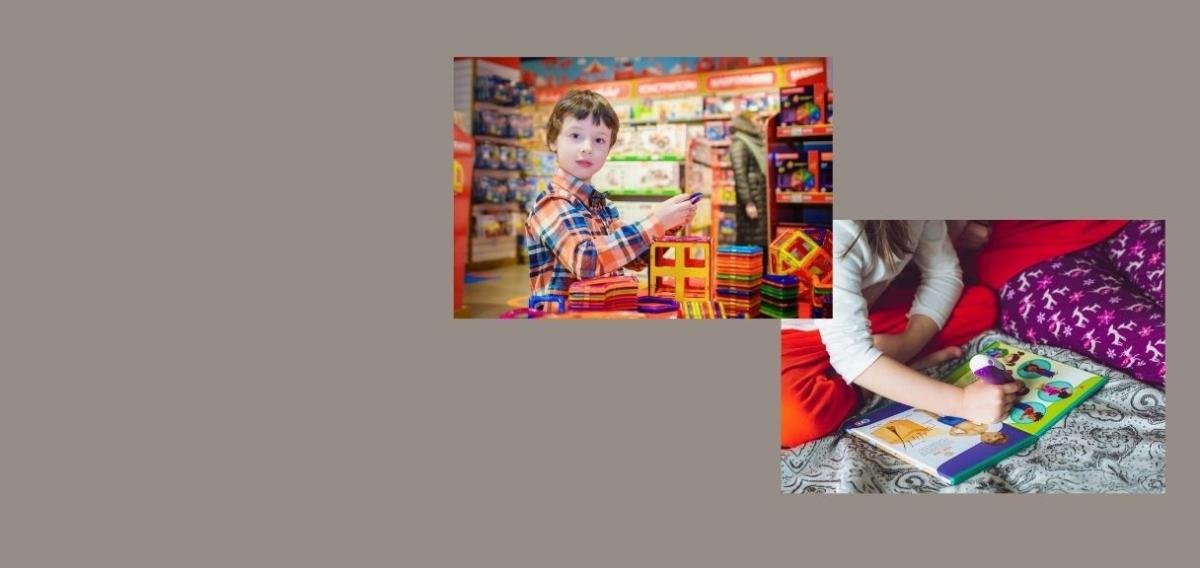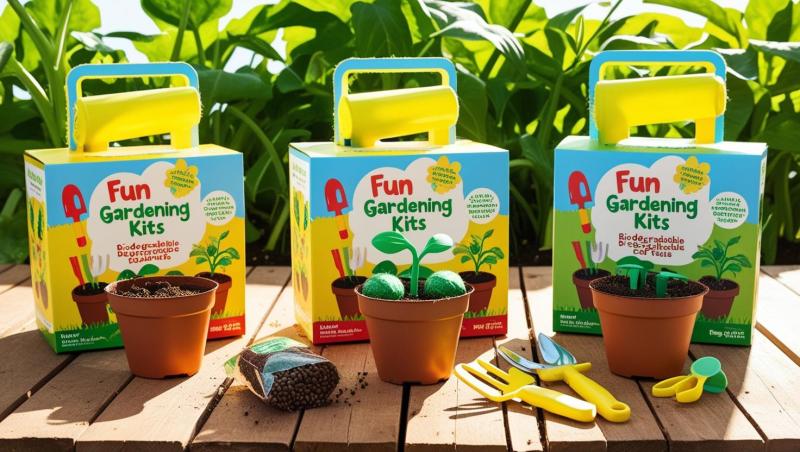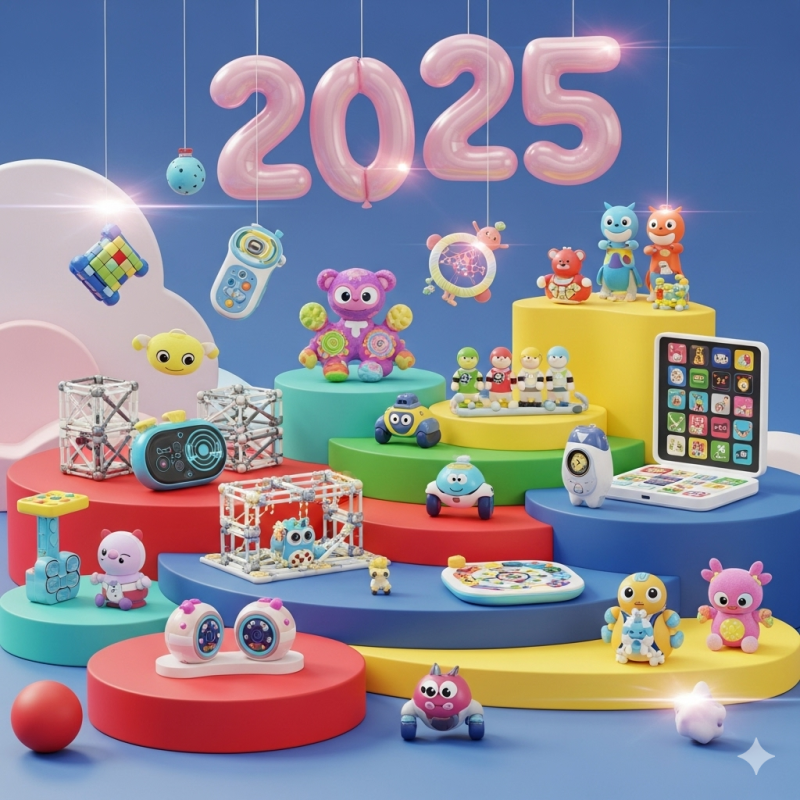History of Educational Toys – How They Evolved into Modern Learning Tools
The history of educational toys reflects a captivating journey of imagination, innovation, and evolving childhood needs. From simple wooden blocks and alphabet puzzles of centuries past to today’s sophisticated digital learning systems, educational toys have continuously adapted to foster creativity, skill development, and intellectual growth. As childhood education became more of a priority in the modern world, educational toys transformed from basic playthings to essential tools shaping the way children learn, discover, and engage with their environments.
In today’s fast-paced world, busy parents often seek to provide their children with meaningful learning experiences even amidst limited time. This demand has fueled a significant increase in toys that combine play with education—products designed to stimulate discovery, enhance cognitive skills, and prepare kids for future challenges. Toy manufacturers globally are innovating rapidly, designing new educational toys and games that span developmental areas such as language, science, art, and problem-solving, showing how far educational toys have come from their humble beginnings.
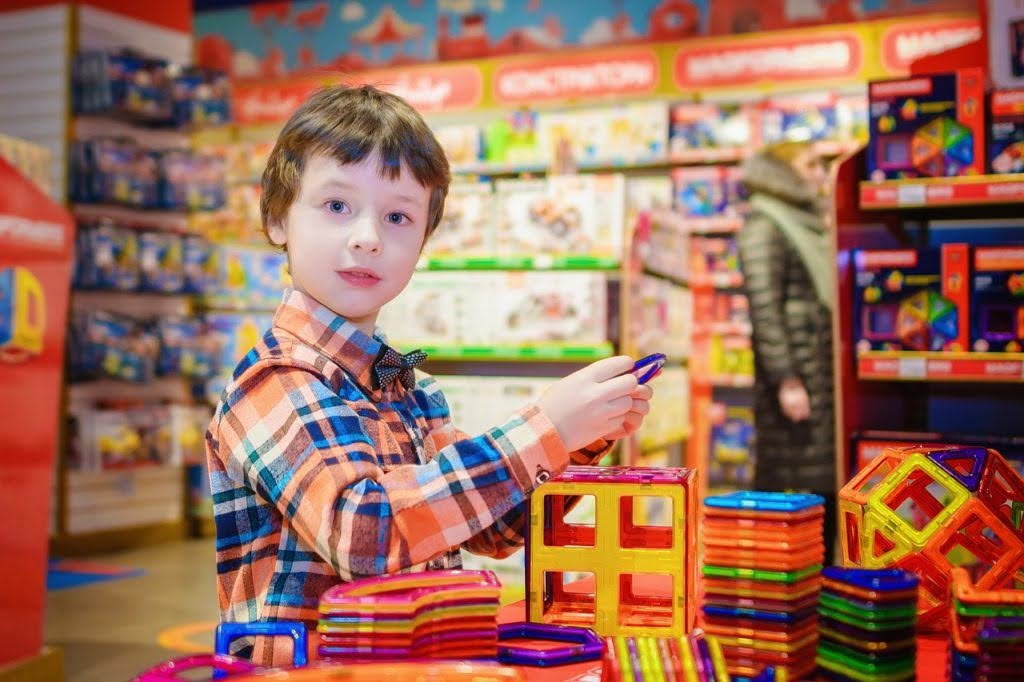
The Early Roots of Educational Toys
The origins of educational toys trace back several centuries, often rooted in simple, handcrafted objects designed to blend play with learning. One of the earliest documented examples includes the alphabet blocks from the 16th century, which were intended to teach children letters through tactile engagement—a concept strongly influenced by the educational philosophy of John Locke in the late 17th century. Locke believed that early childhood learning could be made enjoyable and effective through play.
Even before Locke, ancient civilizations contributed to the evolution of learning through toys. In Ancient Greece and Rome, children played with dolls, spinning tops, and board games that encouraged social interaction, strategic thinking, and coordination. For example, Greek children played with hoops, model horses, and ball games, while Roman children enjoyed wooden or clay dolls and animal knucklebones. These early toys weren’t just for entertainment; they promoted memory skills, motor coordination, and imaginative play, laying foundational experiences for cognitive and social development.
The Industrial Revolution and Toy Innovation
A dramatic leap in toy production—and educational toys—occurred during the Industrial Revolution. Mechanization and mass production made toys more affordable and accessible to children across different social classes. Innovations during this era included the introduction of the first jigsaw puzzles in the late 1700s, designed initially as teaching tools for geography by cutting maps into puzzle pieces. This creative approach to learning through play marked a significant shift in educational toy design.
The 19th century saw the rise of popular educational toys like building blocks and mechanical construction sets such as the Erector Set, which helped develop fine motor skills, spatial reasoning, and logical thinking. The growing middle class’s newfound access to toys helped children simulate real-life roles through dolls and model houses, subtly introducing organizational skills and nurturing behavior. This period laid the groundwork for toys as tools not only for amusement but also for skill development and intellectual growth.
Montessori and the Philosophy of Learning Through Play
At the cusp of the 20th century, educational toy design was transformed by revolutionary educators such as Maria Montessori, whose holistic approach focused on self-directed, hands-on learning. Montessori developed sensorial materials—colorful wooden shapes with different textures—that encouraged children to explore, self-correct, and build confidence. Her philosophy emphasized that mistakes were part of learning and that children thrived in an environment that promoted independence and concentration through play.
Montessori’s work was instrumental in shifting the perception of play from mere leisure activity to a serious developmental tool. Her influence reinforced the importance of educational toys as integral to fostering creativity, problem-solving, and cognitive growth in early childhood.
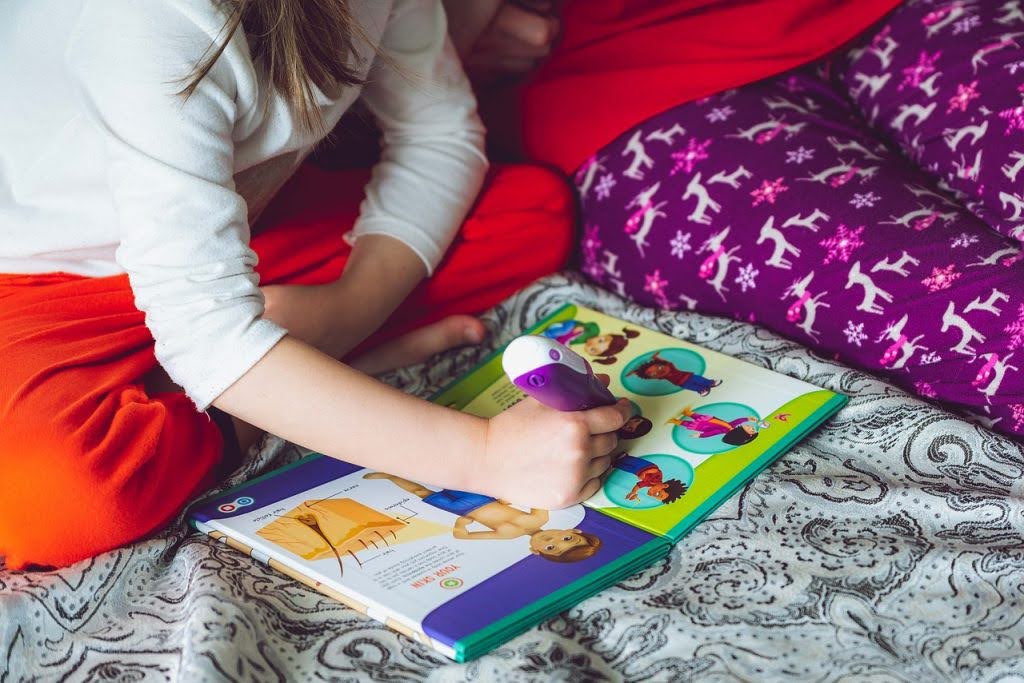
The LeapFrog Revolution: Educational Toys in the Digital Age
One of the most pivotal moments in the history of educational toys came with the launch of LeapFrog’s LeapPad Learning System in 1999. Founded in 1994 by Michael Wood and Robert Lally, LeapFrog revolutionized children’s learning by marrying technology with education, creating interactive toys that made literacy and other skills more engaging and accessible. The LeapPad used a stylus and cartridge system that let children touch words in books and hear pronunciations, turning reading into an interactive experience.
The LeapPad became the bestselling children’s product of the early 2000s and helped fuel a wave of tech-based educational toys. LeapFrog expanded with innovations like the Leapster handheld system and educational tablets, exemplifying the broader trend of integrating traditional learning with cutting-edge technology to enrich playtime and maximize educational impact.
Technological Advances Expand Educational Play
The latter half of the 20th century and early 21st century saw an explosion of electronic and multimedia educational toys from companies such as Hasbro, Jakks Pacific, Baby Einstein, and Playskool. These toys introduced children to foreign languages, music, poetry, and science concepts through interactive platforms that captivated young learners.
The digital revolution brought customization and adaptability to toys, enabling products to tailor learning experiences to individual children’s needs and learning paces. For example, programmable robots, interactive story apps, and STEM-focused kits encourage problem-solving skills and creativity in ways unthinkable just decades ago.
The Modern Demand and Market for Educational Toys
Today, educational toys enjoy a significant share of toy store shelves worldwide, from speciality boutiques to large retailers like Walmart and Toys “R” Us. Two-income households and busy parents rely on high-quality toys that supplement children's education, especially given reduced parental time at home.
Parents are savvier and increasingly look for toys offering educational value beyond mere entertainment. This savvy has translated into a flourishing educational toy market, which grows even as general toy sales face challenges. Retailers respond by dedicating entire sections to educational toys, offering products for all developmental stages, ranging from preschool manipulatives to complex STEM kits for teens.
What the Future Holds for Educational Toys
As technology advances, future educational toys promise to become ever more affordable and accessible, driven by developments in artificial intelligence, machine learning, and virtual reality. Toys that adapt dynamically to each child’s unique learning style and pace are on the horizon. The integrating of STEAM (Science, Technology, Engineering, Art, Mathematics) principles continues to inspire diverse educational toys that promote critical thinking, creativity, and innovation.
Moreover, the future educational toys will likely grow more inclusive and culturally diverse, reflecting global values and educational goals. Their closer integration with formal education could further empower children worldwide, ensuring play remains a joyful, enriching foundation for lifelong learning.
Conclusion
The history of educational toys is more than a timeline of inventions; it is a reflection of evolving societal values about childhood, education, and play. From humble wooden alphabet blocks to sophisticated interactive devices, educational toys keep enriching childhood, supporting intellectual and creative development across generations. By understanding their rich history, parents and educators are better equipped to select and value toys that foster meaningful learning today and beyond.
